Agrifood systems and Climate
In the framework of COP28 (the UN Climate Change Conference), the Africa-Europe Foundation (AEF) and the Climate Action Platform for Africa (CAP-A) released a joint report, AEF, CAP-A (2023) Realising the full potential of carbon pricing and markets: Opportunities for the Africa-Europe Partnership, # 33 p.
This report is outlining the reasons why carbon pricing and subsequent trading is a win-win opportunity to advance global climate action and achieve socio-economic growth.
This article (released 19/12) provides the first science-based monitoring to guide decision-makers as they seek wholesale transformation of the global agriculture and food systems. This transformation is needed urgently both to reduce the environmental impact of these systems and to mitigate the impact of climate change on them. It presents a recently developed food system indicator framework and holistic monitoring architecture to track food system transformation towards global development, health and sustainability goals. Five themes are considered: (1) diets, nutrition and health; (2) environment, natural resources and production; (3) livelihoods, poverty and equity; (4) governance; and (5) resilience. Each theme is divided into three to five indicator domains, and indicators were selected to reflect each domain through a consultative process.
FAO. 2023. In Brief to The State of Food and Agriculture 2023. Revealing the true cost of food to transform agrifood systems. Rome. # 28 p.
This year's edition looks into the true cost of food for sustainable agrifood systems. The report introduces the concept of hidden environmental, health and social costs and benefits of agrifood systems and proposes an approach – true cost accounting (TCA) – to assess them. To operationalize the TCA approach, the report proposes a two-phase assessment process, first relying on national-level TCA assessments to raise awareness and then moving towards in-depth and targeted evaluations to prioritize solutions and guide transformative actions.
FAO (2023) Achieving SDG2 without breaching the 1.5C threshold A Global Roadmap # 42 pages
Unveiled at the United Nations Climate Conference COP28, the Global Roadmap for Achieving Sustainable Development Goal 2 (SDG2) without Breaching the 1.5°C Threshold outlines a comprehensive strategy spanning the next three years that encompasses a diverse portfolio of solutions across ten distinct domains of action. The roadmap identifies 120 actions and key milestones within ten domains, supported by evidence gathered by FAO over several years. These domains include clean energy, crops, fisheries and aquaculture, food loss and waste, forests and wetlands, healthy diets, livestock, soil and water, and data and inclusive policies — the latter two identified as overall systemic enablers.
GOGLA (2023) Powering Climate Adaptation and Justice’ # 50 p.
The paper illustrates how Decentralized Renewable Energy is contributing to resilience building, the injustices of climate vulnerability and energy poverty and profiles the urgent need to address these interlinked challenge. See also recorded COP28 webinar: 02/12 Powering Climate Adaptation: The critical Role of Decentralized Renewable Energy in Africa
FAO (2023) Catalysing climate solutions An introduction to FAO’s work on climate change adaptation in agrifood systems. # 85 pages
The paper (a) emphasizes the importance of bringing agrifood systems into the global adaptation agenda and policy landscape; (b) creates a cross-sectoral portfolio of FAO adaptation solutions covering multiple scales and approaches; (c) gives an insight into FAO's work with partners and Members and presents relevant networks and collaborations.Laying out FAO’s guiding principles according to the FAO Strategy on Climate Change 2022–2031, it underscores FAO’s efforts for transformative action in agrifood systems and demonstrates FAO's people-centered approach to climate change adaptation.
practices, initiatives, and tools for food system transformation through Nationally Determined Contributions and National Adaptation Plans # 42 pagesA task force, including WWF, Global Alliance for the Future of Food, Climate Focus, NDC Partnership, FAO, Alliance of Biodiversity International and CIAT, synthesised all guidance material available and lessons learned on NDC and NAP implementation for food system transformation. The “COP 28 Agriculture, Food and Climate Action Toolkit” developed serves as a key resource for national policymakers and decision-makers aiming to accelerate and align national efforts on climate action and food and agriculture system transformation. See also recorded COP28 webinar: 8/12 The Global Stock take: An opportunity to accelerate food systems transformation through enhanced NDCs
WWF (2023) Analysis of the Implications of Africa’s Food Systems Development on Environmental Sustainability, # 86 pages
This report was as jointly commissioned by Worldwide Fund for Nature (WWF), the Alliance of Bioversity International and the International Center for Tropical Agriculture (CIAT), the International Food Policy Research Institute (IFPRI), and the African Development Bank (AfDB). The report analyses the main trends and drivers of Africa’s food systems, how food systems have responded to these drivers, and what the resulting environmental impacts of these responses have been across the continent. It identifies policy-levers for engagement in the food systems space and concludes with recommendations on how to move away from an unsustainable “business as usual” trajectory. See also recorded COP28 webinar
IPES (2023) From Plate to Planet # 33 p.
GDPRD. Woodhill, J. & Surie, M. (2023), From Rhetoric to reality: Donor coordination for food
systems transformation. Rome: Global Donor Platform for Rural Development.
The GDPRD initiated a review of good practices for donor coordination for food systems transformation and rural development in July 2022. The report summarizes the main research that has emerged from this workstream, and puts forth eight recommendations for donors to consider and adopt. There are also background and context chapters on the evolution of donor coordination over the past few decades.
This report conducted by Climate Focus and published by the World Rural Forum sheds light on inequities in funding to address climate change. Despite family farmers producing a third of the world's food, only a mere 0.3% of the international climate finance has been directed to them.
FAO /CIRAD (2023) Harvesting change: Harnessing emerging technologies and innovations for agrifood system transformation. Global foresight synthesis report. # 76 p.
The study assesses a selection of technologies and innovations, which potentially could be of paramount importance in addressing agrifood challenges until 2050, as well as the most important trends and drivers that will influence the emergence of agrifood technologies and innovations and their triggers of change, including some regional aspects.
Global Panel (2023) Pursuing food system transformation despite financial constraints policy brief September 2023 # 19 pages
This latest policy brief from the Global Panel on Agriculture and Food Systems for Nutrition sets out a surprisingly diverse range of actions that are relatively low-cost, or even cost-neutral. Indeed, some have the potential to leverage very substantial resources beyond those available to individual governments. Taken together, these actions may not be sufficient to fully deliver on the food-system transformation, but they will provide a solid and substantial foundation on which to build a broader coherent strategy. See also recorded webinar and some extracts of this report
EC (2023) Food 2030 Research and Innovation – Pathways for action 2.0: Research and innovation policy as a driver for sustainable, healthy, climate-resilient and inclusive food systems # 160 p.
This publication provides an update on the European Commission’s Food 2030 initiative and aims to guide future research and innovation policy reflections related to Horizon Europe, the farm-to-fork strategy, the European Green Deal and beyond. It sets out eleven pathways for action where research and innovation can concretely deliver co-benefits related to nutrition, climate, circularity, and communities, at multiple levels: from local to international. See extracts from the report in a blogpost.
ATNI (2023) India Index 2023. Full report. November 2023. # 115 p.
The findings of the 2023 India Index show that the influence of the F&B industry is growing. It has both the responsibility and the opportunity to further embed nutrition into its core business improving product offerings for consumers. Actioning the Index recommendations is critical in the current context and will facilitate F&B manufacturers to play a more vital part in addressing pressing nutrition-related concerns and ensuring that a healthy, affordable diet is available to all. See some extracts in a blogpost on the presentation of the report: Assessment of the 20 top food and beverage companies in India
GAIN, IFPRI, FAO (2023) The state of food systems worldwide in the countdown to 2030 Nature Food # 30 p.
GAIN, FAO (2023) The food systems countdown report 2023 # 18 p.
This policy brief – the first in a planned annual series – presents the Countdown indicators depicting the current state of national food systems. In doing so, it provides a starting point for future work to identify where things can be done better, provide ideas for how to get there, and inspire stakeholders (in particular, policymakers) that progress can and must be made. Read the summary of the policy brief # 3 p.
FAO (2023) The State of Food and Agriculture 2023. Revealing the true cost of food to transformagrifood systems # 150 p.“The first annual Countdown report shows that no single region has all the answers. Europe and North America do well on undernutrition but poorly on indicators of unhealthy diets. In contrast, Africa and South Asia do relatively well on some environmental indicators but poorly on indicators of livelihoods. The data show very clearly that every region has significant room for improvement.” Lawrence Haddad, Executive Director, Global Alliance for Improved Nutrition
FAO. 2023. In Brief to The State of Food and Agriculture 2023. Revealing the true cost of food to transform agrifood systems. Rome. # 28 p.
This year's edition looks into the true cost of food for sustainable agrifood systems. The report introduces the concept of hidden environmental, health and social costs and benefits of agrifood systems and proposes an approach – true cost accounting (TCA) – to assess them. To operationalize the TCA approach, the report proposes a two-phase assessment process, first relying on national-level TCA assessments to raise awareness and then moving towards in-depth and targeted evaluations to prioritize solutions and guide transformative actions.
GOGLA (2023) Powering Climate Adaptation and Justice’ # 50 p.
The paper illustrates how Decentralized Renewable Energy is contributing to resilience building, the injustices of climate vulnerability and energy poverty and profiles the urgent need to address these interlinked challenge. See also recorded COP28 webinar: 02/12 Powering Climate Adaptation: The critical Role of Decentralized Renewable Energy in Africa
The paper (a) emphasizes the importance of bringing agrifood systems into the global adaptation agenda and policy landscape; (b) creates a cross-sectoral portfolio of FAO adaptation solutions covering multiple scales and approaches; (c) gives an insight into FAO's work with partners and Members and presents relevant networks and collaborations.Laying out FAO’s guiding principles according to the FAO Strategy on Climate Change 2022–2031, it underscores FAO’s efforts for transformative action in agrifood systems and demonstrates FAO's people-centered approach to climate change adaptation.
WWF (2023) Analysis of the Implications of Africa’s Food Systems Development on Environmental Sustainability, # 86 pages
This report was as jointly commissioned by Worldwide Fund for Nature (WWF), the Alliance of Bioversity International and the International Center for Tropical Agriculture (CIAT), the International Food Policy Research Institute (IFPRI), and the African Development Bank (AfDB). The report analyses the main trends and drivers of Africa’s food systems, how food systems have responded to these drivers, and what the resulting environmental impacts of these responses have been across the continent. It identifies policy-levers for engagement in the food systems space and concludes with recommendations on how to move away from an unsustainable “business as usual” trajectory. See also recorded COP28 webinar
This new IPES food report exposes how city and regional governments are leading the way on real food and climate action, even as national governments lag – with dozens of inspiring examples of effective action on-the-ground. Examples are drawn from signatories of the Glasgow Food and Climate Declaration. It shows how local governments are pioneering policies on food and climate change through dozens of inspiring examples on the ground, including: promoting healthy and sustainable diets, reducing food waste, shortening food chains, training organic farmers, and ensuring all residents can access healthy and sustainable food.
systems transformation. Rome: Global Donor Platform for Rural Development.
The GDPRD initiated a review of good practices for donor coordination for food systems transformation and rural development in July 2022. The report summarizes the main research that has emerged from this workstream, and puts forth eight recommendations for donors to consider and adopt. There are also background and context chapters on the evolution of donor coordination over the past few decades.
USAID (2023) Operationalizing USAID’s Climate Strategy to Achieve Transformative Adaptation and Mitigation in Agricultural and Food Systems # 101 p.
Effective operationalization of the Climate Strategy within USAID’s agricultural and food security portfolio requires significant organizational change. Five recommendations describe changes that will better position USAID to achieve Climate Strategy objectives through its agrifood systems programming based on an informed understanding of the status quo, the ambition of the Climate Strategy, and significant consultation with USAID staff across the Agency. The report presents high-potential leverage points: • Empower Women, Youth, and Other Underrepresented Groups to Drive Locally Led, Climate-Resilient Agrifood Systems • Increase Finance for Climate Adaptation and Mitigation and Expand its Inclusivity • Enable the Use and Sustained Provision of Weather and Climate Services • Partner with and Strengthen Local Research and Development Systems • Expand Integrated Soil and Water Resources Management • Expand Integrated Forest and Agricultural Land Management • Reduce Livestock Emissions while Increasing Production Efficiency • Reduce Food Loss and Waste
Climate finance
Climate Focus (2023) Untapped Potential: An analysis of international public climate finance flows to sustainable agriculture and family farmers # 14 p.
This report conducted by Climate Focus and published by the World Rural Forum sheds light on inequities in funding to address climate change. Despite family farmers producing a third of the world's food, only a mere 0.3% of the international climate finance has been directed to them.
Galbiati, G.M., Yoshida, M., Benni, N. & Bernoux, M. (2023). Climate-related development finance to agrifood systems – Global and regional trends between 2000 and 2021. Rome, FAO. # 52 pages
The analysis brings to light the evolution of climate finance in agrifood systems over the past two decades, showcasing unique sectorial analysis of climate finance allocations for adaptation and mitigation, delving into the diversity of actors involved, from bilateral and multilateral agencies to the private sector, highlighting the critical need for partnerships that transcend boundaries. The report mentions that according to a recent analysis from the Climate Policy Initiative, only 4 percent of global climate finance went to agrifood systems between 2019 and 2020.
Research and Innovation
This latest policy brief from the Global Panel on Agriculture and Food Systems for Nutrition sets out a surprisingly diverse range of actions that are relatively low-cost, or even cost-neutral. Indeed, some have the potential to leverage very substantial resources beyond those available to individual governments. Taken together, these actions may not be sufficient to fully deliver on the food-system transformation, but they will provide a solid and substantial foundation on which to build a broader coherent strategy. See also recorded webinar and some extracts of this report
This publication provides an update on the European Commission’s Food 2030 initiative and aims to guide future research and innovation policy reflections related to Horizon Europe, the farm-to-fork strategy, the European Green Deal and beyond. It sets out eleven pathways for action where research and innovation can concretely deliver co-benefits related to nutrition, climate, circularity, and communities, at multiple levels: from local to international. See extracts from the report in a blogpost.
Nutrition
ATNI (2023) India Index 2023. Full report. November 2023. # 115 p.
The findings of the 2023 India Index show that the influence of the F&B industry is growing. It has both the responsibility and the opportunity to further embed nutrition into its core business improving product offerings for consumers. Actioning the Index recommendations is critical in the current context and will facilitate F&B manufacturers to play a more vital part in addressing pressing nutrition-related concerns and ensuring that a healthy, affordable diet is available to all. See some extracts in a blogpost on the presentation of the report: Assessment of the 20 top food and beverage companies in India
GAIN/ATNI (2022) The Nutrition Business Monitoring tool A self-assessment tool for Micro-, Small-, and Medium-sized enterprises to improve performance on nutrition # 49 p.
SMEs are at the frontline when it comes to supplying food to low-income groups and have the capacity to drive change in food consumption patterns at a rapid pace – e.g., SMEs are found to provide 70% of food to low-income populations in Africa. They therefore have enormous potential to improve the diets and health of consumers on a global scale through incorporating nutrition into their business models and practices, in turn improving the availability and accessibility of healthy nutritious foods for consumers in their local markets. The NBM tool consists of 27 scored and unscored indicators, grouped into 5 thematic areas – products & management, marketing, workforce programs, labeling, and engagement.
African Centre for Biodiversity (2023) Introduction to ultra-processed food (UPF) # 14 p.
In this series focusing on ultra-processed food (UPF) on the African continent, the African Centre for Biodiversity explores the impacts of shifting dietary patterns, with increasing reliance on low-cost UPFs globally, and in Africa in particular, in the context of an urgent call for a just, agroecological food system transition. In the first part of the series, the African Centre for Biodiversity attempts to succinctly describe and define UPF, how it differs from other foods and outline the major concerns with UPF. In this second part, the African Centre for Biodiversity delves into the consumption of UPF in Africa: shifting dietary patterns linked to food environments and personal motivations; where foods are purchased and the role of policy in shaping food accessibility and affordability.
GFRAS (2023) Recent Trends in Contemporary Digital Rural Advisory Services # 32 p.
 Gerber, P.J., Steinfeld, H., Henderson, B., Mottet, A., Opio, C., Dijkman, J., Falcucci, A. & Tempio, G. 2013. Tackling climate change through livestock – A global assessment of emissions and mitigation opportunities. Food and Agriculture Organization of the United Nations (FAO), Rome. # 139 pages
Gerber, P.J., Steinfeld, H., Henderson, B., Mottet, A., Opio, C., Dijkman, J., Falcucci, A. & Tempio, G. 2013. Tackling climate change through livestock – A global assessment of emissions and mitigation opportunities. Food and Agriculture Organization of the United Nations (FAO), Rome. # 139 pages
FAO (2023) Climate action and nutrition. Pathways to impact. # 44 p.
This paper, prepared as a contribution to the Initiative on Climate Change and Nutrition (I-CAN), explores options for integrated actions addressing jointly climate change and malnutrition across agrifood, water, social protection, and health systems by recapping each system’s importance to good nutrition, compiling the evidence on the interaction of each system with climate change, and documenting the response options for integrated actions that have the potential to benefit climate change and malnutrition.
This paper, prepared as a contribution to the Initiative on Climate Change and Nutrition (I-CAN), explores options for integrated actions addressing jointly climate change and malnutrition across agrifood, water, social protection, and health systems by recapping each system’s importance to good nutrition, compiling the evidence on the interaction of each system with climate change, and documenting the response options for integrated actions that have the potential to benefit climate change and malnutrition.
In this series focusing on ultra-processed food (UPF) on the African continent, the African Centre for Biodiversity explores the impacts of shifting dietary patterns, with increasing reliance on low-cost UPFs globally, and in Africa in particular, in the context of an urgent call for a just, agroecological food system transition. In the first part of the series, the African Centre for Biodiversity attempts to succinctly describe and define UPF, how it differs from other foods and outline the major concerns with UPF. In this second part, the African Centre for Biodiversity delves into the consumption of UPF in Africa: shifting dietary patterns linked to food environments and personal motivations; where foods are purchased and the role of policy in shaping food accessibility and affordability.
Digital Agriculture
Digitalization is considered the avenue to reach the 500 million smallholders that deserve better livelihoods and improved resilience against the adverse consequences of climate change and other environmental threats. As a contribution to the global discussion around this theme, the Global Forum for Rural Advisory Services (GFRAS) seeks to determine what kind of agricultural extension will be needed in the future to overcome today’s challenges.
Livestock
This report identifies ways of reducing emissions by assessing the mitigation potential of sets of technologies. Such analysis provides guidance for local and system-specific solutions, as sector actors seek to improve sustainability and viability, but also for more targeted pro-poor livestock development
FAO (2023) Methane emissions in livestock and rice systems Sources, quantification, mitigation and metrics # 352 pages
Addressing methane emissions from livestock and rice systems is vital for promoting sustainable agriculture and mitigating climate change. This FAO report comprehensively addresses methane emissions in agriculture and their impact on global greenhouse gas levels. By analysing sources, sinks, quantification methods, and mitigation strategies, this publication highlights challenges and opportunities to reduce methane emissions from livestock and rice production systems.
FAO (2023) Methane emissions in livestock and rice systems Sources, quantification, mitigation and metrics # 352 pages
Addressing methane emissions from livestock and rice systems is vital for promoting sustainable agriculture and mitigating climate change. This FAO report comprehensively addresses methane emissions in agriculture and their impact on global greenhouse gas levels. By analysing sources, sinks, quantification methods, and mitigation strategies, this publication highlights challenges and opportunities to reduce methane emissions from livestock and rice production systems.

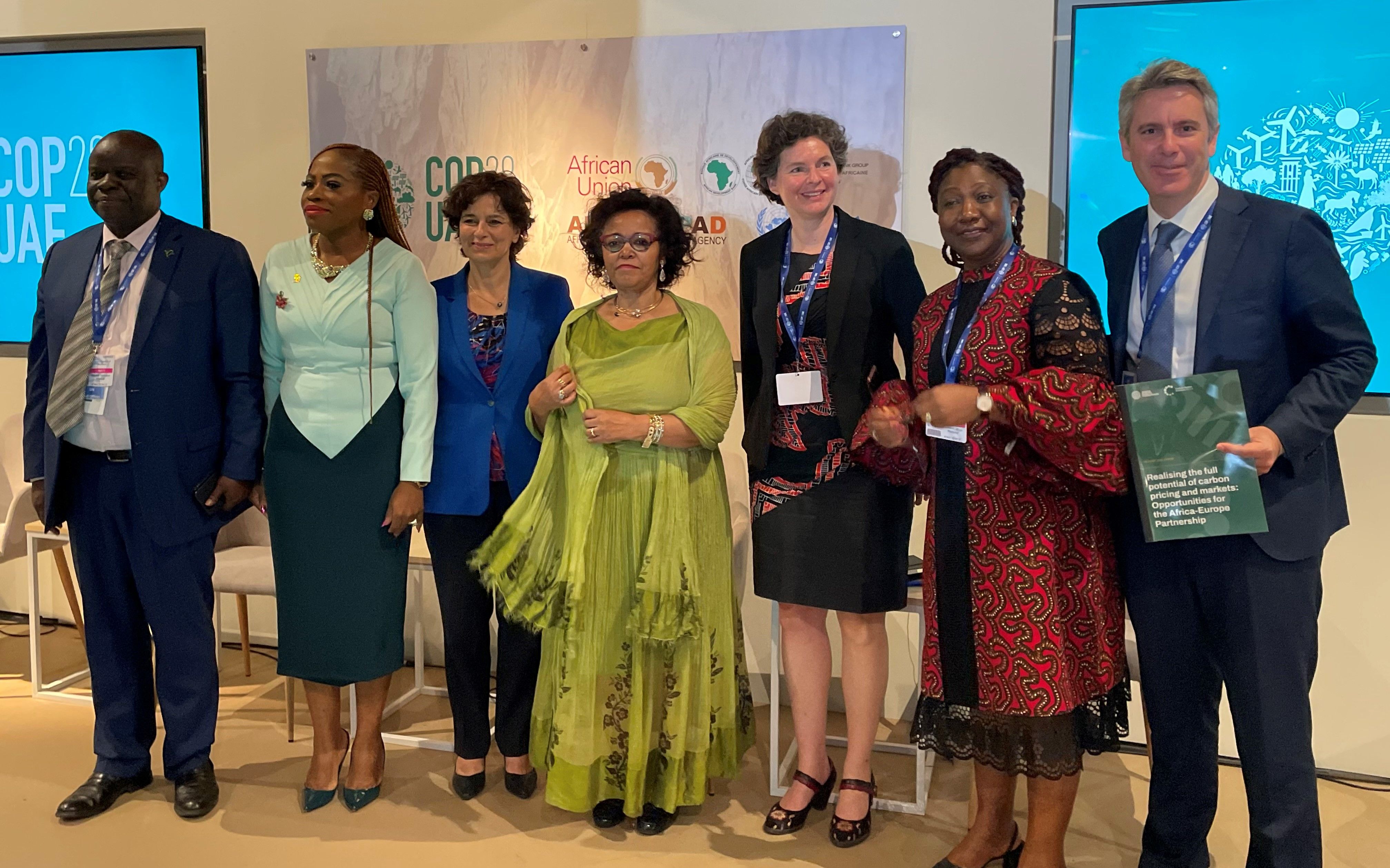
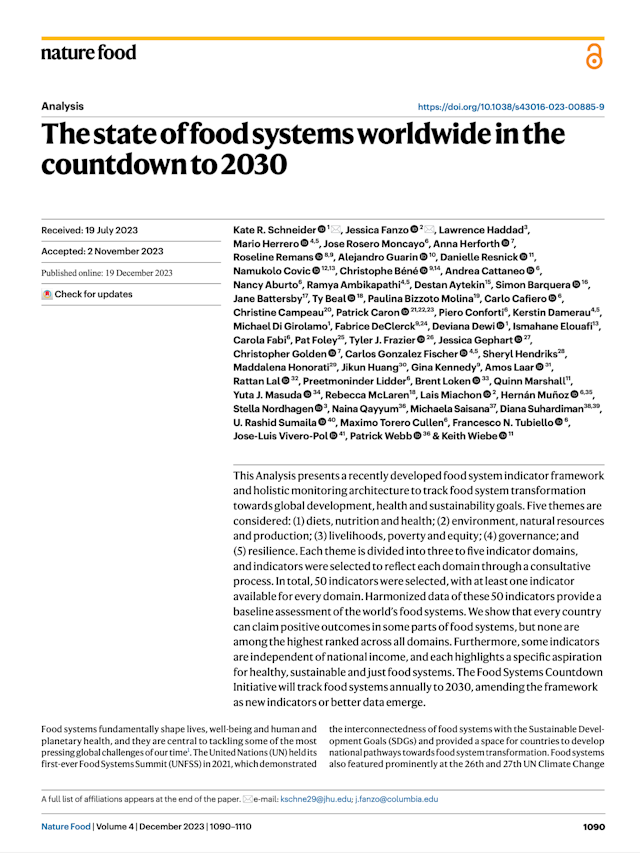
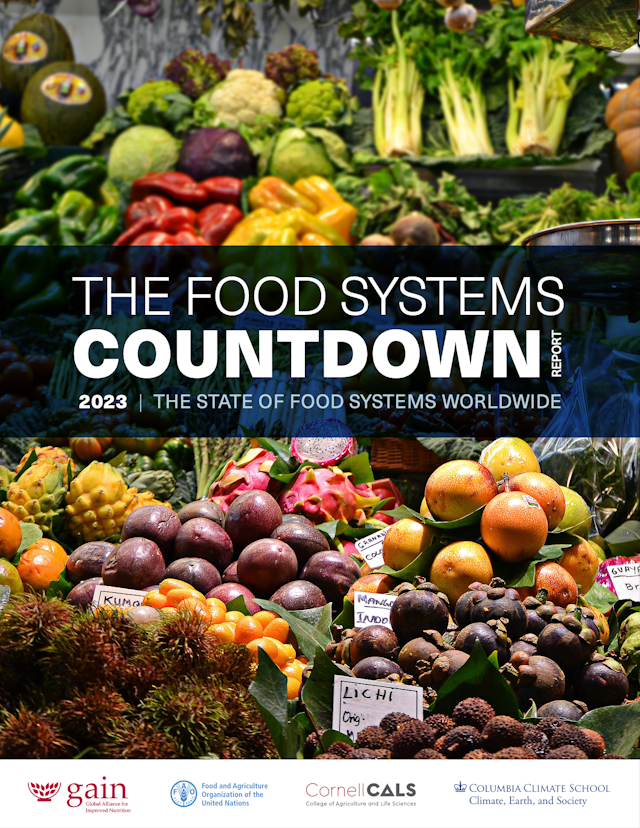






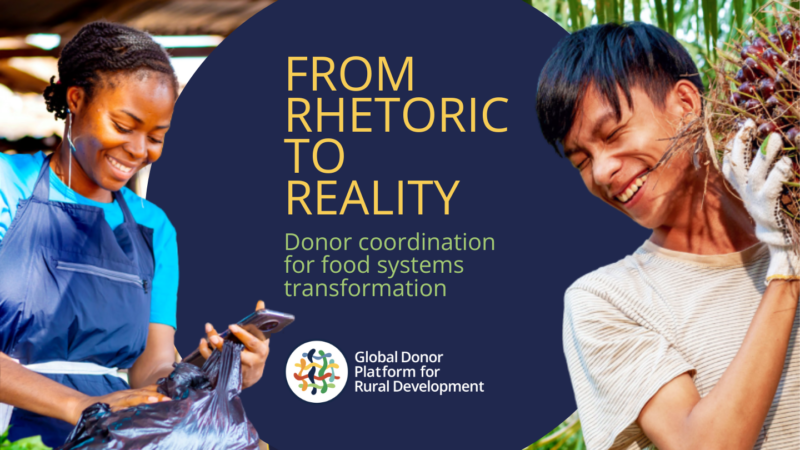




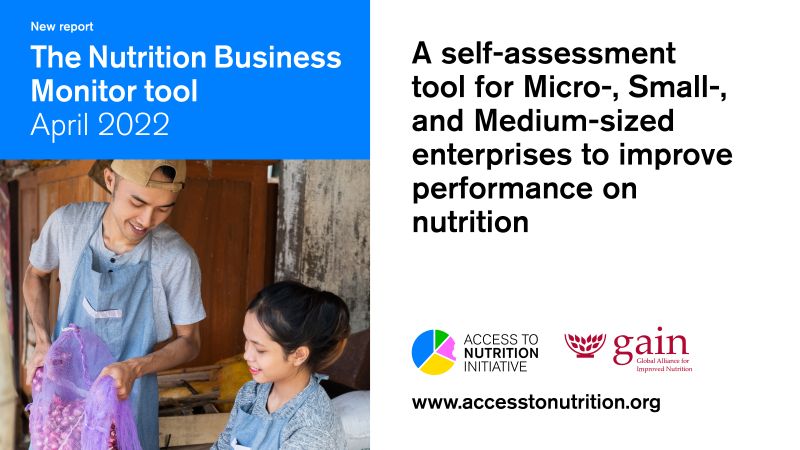



No comments:
Post a Comment